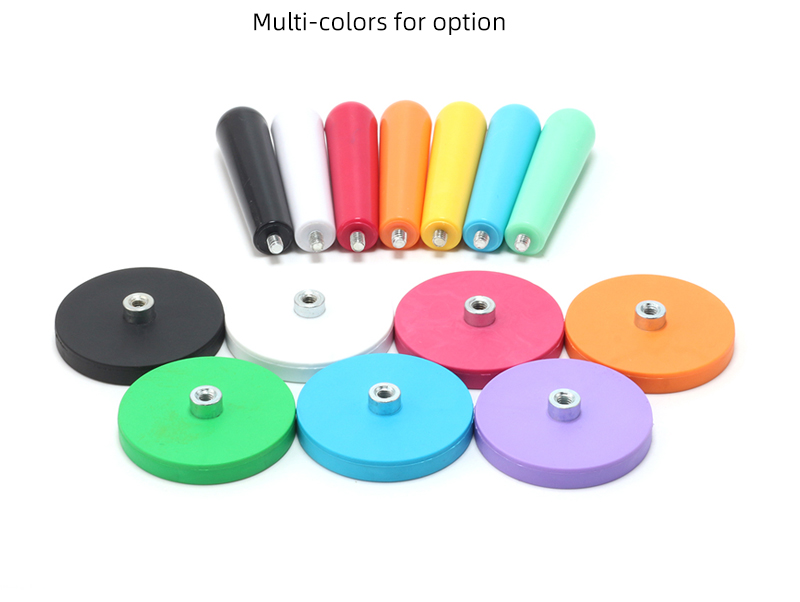
Privacy statement: Your privacy is very important to Us. Our company promises not to disclose your personal information to any external company with out your explicit permission.
China is the first country in the world to discover and apply magnetic materials. As early as the Warring States Period, there were records on natural magnetic materials (such as magnetite). The method of manufacturing artificial permanent magnetic materials was invented in the 11th century. In 1086, Mengxi Bitan recorded the production and use of the compass. From 1099 to 1102, a compass was used to record navigation, and the phenomenon of geomagnetic declination was also found. In modern times, the development of electric power industry has promoted the development of metal magnetic materials silicon steel sheet (Si Fe alloy). Permanent magnet metal has developed from carbon steel in the 19th century to rare earth permanent magnet alloy, and its performance has been improved more than 200 times. With the development of communication technology, soft magnetic metal materials are still unable to meet the requirements of frequency expansion from sheet to wire and then to powder. In the 1940s, J.L. Snoijk of the Netherlands invented ferrite soft magnetic materials with high resistivity and good high-frequency characteristics, followed by low-cost permanent ferrite. In the early 1950s, with the development of electronic computers, Wang An, an American Chinese, first used the moment magnetic alloy element as the memory of the computer, which was soon replaced by the moment magnetic ferrite memory core, which played an important role in the development of computers in the 1960s and 1970s. In the early 1950s, people found that ferrite had unique microwave characteristics and made a series of microwave ferrite devices. Piezomagnetic materials have been used in sonar technology since the First World War, but the use has decreased due to the emergence of piezoelectric ceramics. Later, rare earth alloys with strong pressure magnetism appeared. Amorphous (amorphous) magnetic materials are the achievements of modern magnetic research. After the invention of rapid quenching technology, the tape making process was solved in 1967, which is in the transition to practicality.

November 07, 2024
October 23, 2024
July 17, 2023
December 07, 2022
Overview of Tobacco Valley Gold Mine Operations Tobacco Valley, situated near the Round Mountain gold mine in Nevada, approximately 96 kilometers north of Tonopah, has been a notable site for gold...
Understanding the Vulnerabilities of Safes In an era where security technology is advancing rapidly, it is crucial to understand the vulnerabilities of safes. As individuals seek better protection...
The processing facility commenced operations in 1971, originally designed to handle a capacity of 6.5 million tons per annum (t/a). However, the actual processing capability has been limited to...
Embracing Natural Harmony in Kitchen Design 1. European-Inspired Aesthetic The showcased cabinets are crafted from solid wood, reflecting a European design sensibility that emphasizes natural beauty...
Email to this supplier
November 07, 2024
October 23, 2024
July 17, 2023
December 07, 2022

Privacy statement: Your privacy is very important to Us. Our company promises not to disclose your personal information to any external company with out your explicit permission.

Fill in more information so that we can get in touch with you faster
Privacy statement: Your privacy is very important to Us. Our company promises not to disclose your personal information to any external company with out your explicit permission.